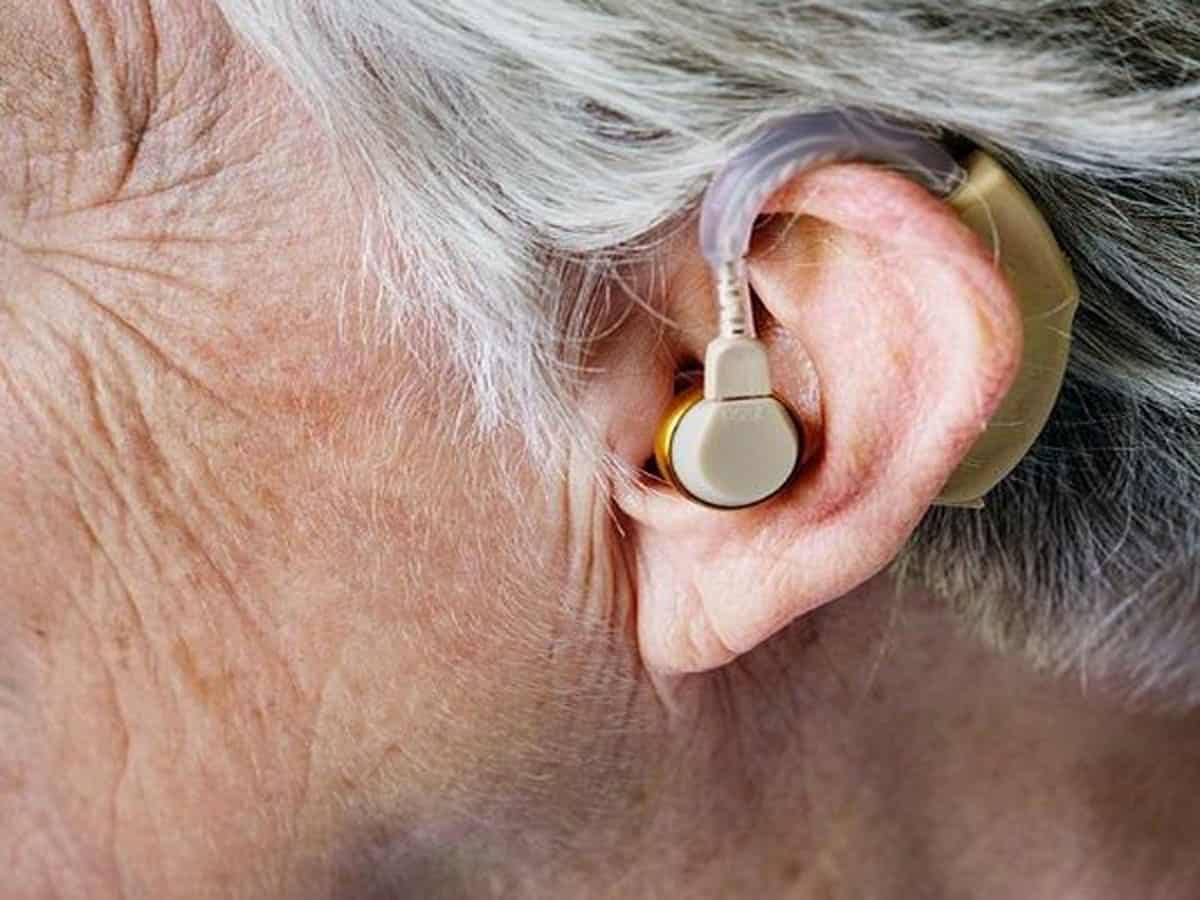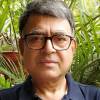

By Satyen Mohapatra
One billion more people could face hearing loss globally by 2050 with at least 700 million requiring hearing rehabilitation, according to World Health Organisation. Today an estimated 1.5 billion people live with hearing loss.
These shocking figures have come out while the world observes World Hearing Day on March 3, 2022.
The WHO which has kept the theme of this year as “To hear for life, listen with care!” is focusing on the importance of safe listening as a means of maintaining good hearing across the life course.
The World Health Organization (WHO) estimates, for example, that more than 1 billion young people put themselves at risk of permanent hearing loss, often unknowingly, by listening to music at loud intensity over long periods of time.
Mitigating such risks through public health action is essential to addressing hearing loss, it has said.
It has released the ‘World Report on Hearing’ which has urged for a ‘Integrated people-centered ear and hearing care’ (IPC-EHC).
Globally, unaddressed hearing loss poses an annual cost of over $980 billion. This includes costs related to health care, education, productivity losses, and societal costs.
India has an estimated 63 million people with significant auditory impairment according to WHO estimates, making the prevalence rate around 6.3 percent in the Indian population.
A large percentage is children between the ages 0 to 14, according to the National Programme for Prevention and Control of Deafness which started in 2007 with targeted interventions.
There is an acute shortage in India of manpower to provide “Ear Health”: about 78% of the population have less than one Ear, Nose, and Throat (ENT) specialist, 93% have less than one audiologist, 17% of the population have one or less speech therapist and 50% have one or less teacher for the deaf. This gap is being closed by the integration of ear and hearing care into primary healthcare through strategies such as task sharing and training, according to NPPCD.
Hearing loss in India thus amounts to a severe loss of productivity both physical and economic. An even larger percentage of the Indian population suffers from milder degrees of hearing loss and unilateral (one-sided) hearing loss.
In children, almost 60% of hearing loss can be prevented through measures such as immunisation for prevention of rubella and meningitis, improved maternal and neonatal care and screening for and early management of otitis media which is inflammatory disease of the middle ear. In adults, noise control, safe listening and surveillance of ototoxic medicines together with good ear hygiene can help maintain good hearing and reduce the potential for hearing loss, according to NPPCD.
According to WHO report globally more than 1.5 billion people experience some degree of hearing loss. Of these, an estimated 430 million have hearing loss of moderate or higher severity in the better hearing ear.
The prevalence of hearing loss varies across WHO regions; the vast majority of people affected live in low- and middle-income countries.
If unaddressed, hearing loss can negatively impact many aspects of life: communication; the development of language and speech in children; cognition; education; employment; mental health; and interpersonal relationships.
Hearing loss can cause low self-esteem, is often associated with stigma, and can significantly impact the families and communication partners of those living with the condition, the report has pointed out.
Many causes of hearing loss can be prevented. Common ear diseases, ear infections, vaccine-preventable illnesses, and exposure to noise and chemicals, endanger the hearing of many people at different ages.
Across the life course, people with ear conditions or hearing loss can benefit greatly from effective and available interventions. The past few decades have seen game-changing advances in the field of hearing technology, diagnostics and telemedicine with innovations that enable ear diseases and hearing loss to be identified at any age and in any setting. Medical and surgical management, hearing aids, cochlear implants, rehabilitative therapy, sign language and captioning are solutions that can ensure that people with ear diseases or hearing loss access education and communication and thereby have the opportunity to fulfil their potential, according to WHO.
Through prioritizing hearing loss and integrating hearing care within the systems, WHO Member States can ensure that ear and hearing care services are accessible as part of universal health coverage, delivered through national health systems, the report adds.



